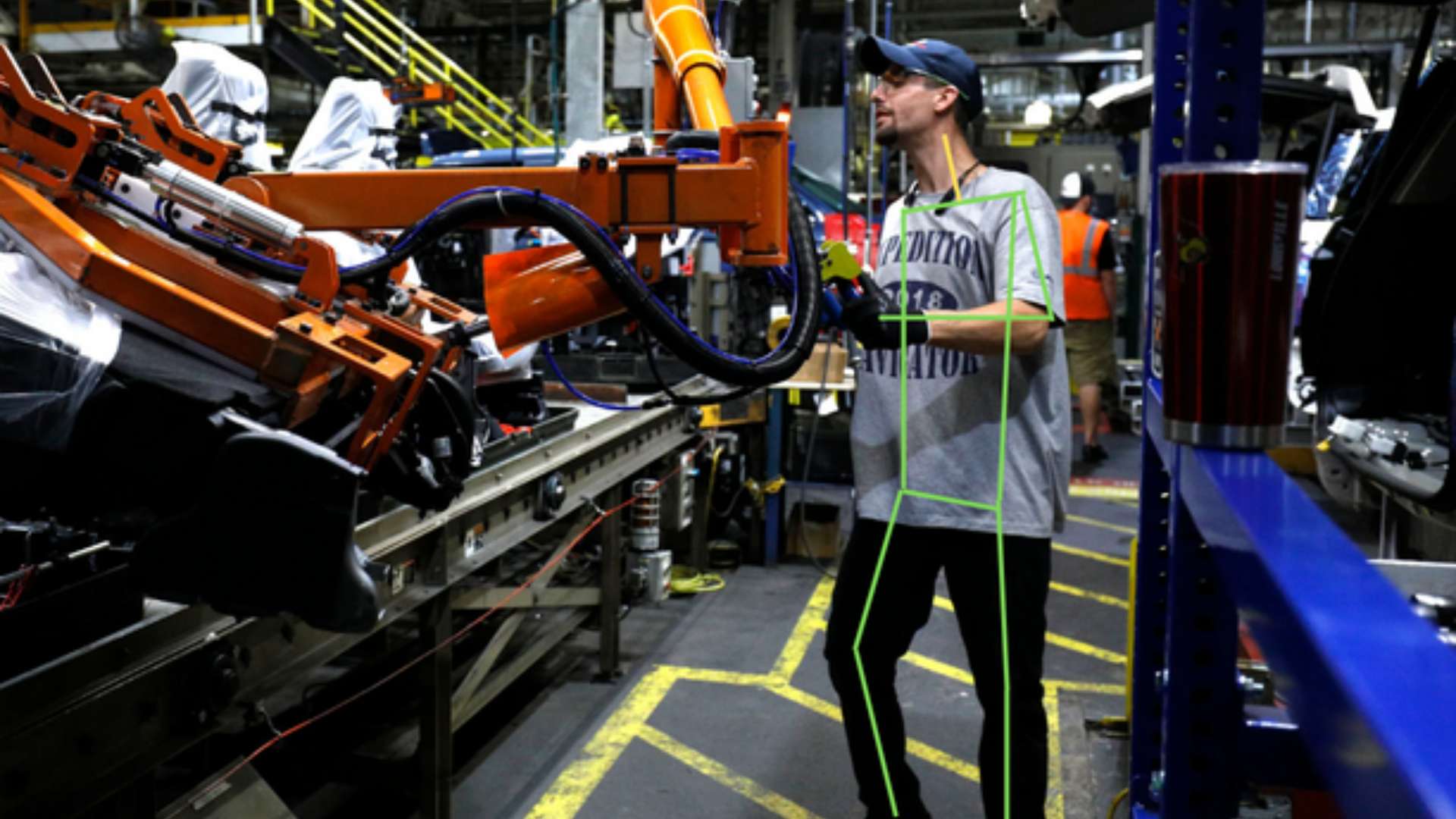Ergonomic Hazards in Industrial Environments: Safeguarding Worker Health and Operational Efficiency

Ergonomic hazards in industrial environments pose significant risks to worker health, well-being, and operational efficiency. Addressing these hazards is crucial for industrial organizations striving to create a safe and productive work environment. This article explores the impact of ergonomic hazards in industrial settings, identifies common risks, and provides in-depth strategies for mitigating these hazards to optimize worker performance and operational success.
Types of Industrial Ergonomic Hazards
Manual Material Handling: Heavy lifting, pushing, and pulling of objects can strain the musculoskeletal system, leading to injuries such as sprains, strains, and hernias.
Repetitive Motion: Performing repetitive tasks without adequate rest can cause musculoskeletal disorders like carpal tunnel syndrome and tendonitis.
Awkward Postures: Working in awkward positions or maintaining sustained postures can lead to muscle fatigue, discomfort, and spinal disorders.
Vibration Exposure: Continuous exposure to vibration from tools or machinery can result in hand-arm vibration syndrome and other circulation and nerve disorders.
Forceful Exertions: Applying excessive force during tasks can lead to muscle strains, ligament sprains, and back injuries.
Challenges in Preventing Industrial Ergonomic Hazards
Work Environment Constraints: Industrial settings often have limited space, layout restrictions, or complex machinery, making it challenging to optimize workstations for ergonomic safety.
Workflow Interruptions: Integrating ergonomic interventions may disrupt workflow, requiring careful planning and coordination to minimize operational disruptions.
Employee Resistance: Resistance to change or lack of awareness about the importance of ergonomic safety can hinder the successful implementation of preventive measures.
Cost Considerations: Implementing ergonomic solutions may involve initial investment, training costs, and potential operational changes, which organizations must carefully evaluate and manage.
Current Impact of Industrial Ergonomic Hazards on the Industry
Worker Health and Well-being: Industrial ergonomic hazards contribute to a significant number of work-related musculoskeletal disorders, resulting in pain, reduced productivity, absenteeism, and increased healthcare costs.
Occupational Safety and Compliance: Failure to address ergonomic hazards can lead to workplace accidents and injuries, posing legal and regulatory compliance risks for industrial organizations.
Operational Efficiency: Ergonomic hazards can affect worker performance, leading to decreased efficiency, quality issues, and potential disruptions in production processes.
Employee Retention and Engagement: Failing to prioritize worker safety and well-being can impact employee morale, job satisfaction, and retention rates, affecting overall organizational success.
Effective strategies for mitigating ergonomic hazards to optimize employee performance and satisfaction
Identifying Common Ergonomic Risks
Understanding the specific ergonomic risks prevalent in different industries and job roles is essential for effective prevention. Common ergonomic risks include improper workstation setup, inadequate seating, repetitive tasks, forceful exertions, awkward postures, and lack of ergonomic tools. Identifying and assessing these risks is crucial for developing targeted prevention strategies.
The Role of Ergonomic Assessments
Ergonomic assessments play a pivotal role in identifying and evaluating ergonomic hazards in the workplace. These assessments involve observing work practices, analyzing workstations, and engaging with employees to gain insights into their experiences and challenges. By conducting thorough assessments, organizations can pinpoint areas of improvement and tailor interventions accordingly.
Implementing Ergonomic Best Practices
Organizations must prioritize ergonomic best practices to reduce ergonomic hazards and promote employee well-being. These practices include providing adjustable furniture, ergonomic accessories, and tools that support proper posture and minimize strain. Additionally, promoting frequent breaks, stretching exercises, and ergonomic training further reinforce safe work practices.
Cultivating a Culture of Ergonomic Safety
Creating a culture of ergonomic safety involves fostering awareness, accountability, and continuous improvement. Organizations should provide comprehensive training on ergonomic best practices, engage employees in the design of their workstations, and encourage open communication about ergonomic concerns. This collective effort ensures that ergonomic safety becomes ingrained in the organizational culture.
Leveraging Technology for Ergonomic Solutions
Innovative technologies offer opportunities to address ergonomic hazards more effectively. From ergonomic software that provides real-time posture feedback to wearable devices that track movements and offer personalized recommendations, technology can assist in identifying and preventing ergonomic risks. Organizations should explore and invest in these solutions to optimize ergonomic safety.
The Role of Leadership in Ergonomic Hazard Mitigation
Effective leadership is crucial for successfully addressing ergonomic hazards. Leaders should demonstrate a commitment to employee health and safety, allocate resources for ergonomic improvements, and actively involve employees in decision-making processes. By leading by example, organizations can foster a culture of safety and empower employees to prioritize their own well-being.
Conclusion
Ergonomic hazards in the workplace have a significant impact on employee health, productivity, and overall organizational success. By recognizing the importance of ergonomic assessments, implementing best practices, leveraging technology, and cultivating a culture of safety, organizations can effectively mitigate ergonomic hazards and create a work environment that promotes employee well-being and performance. Prioritizing ergonomic safety is not only a responsibility but also an opportunity for organizations to enhance their competitive edge and attract top talent.


